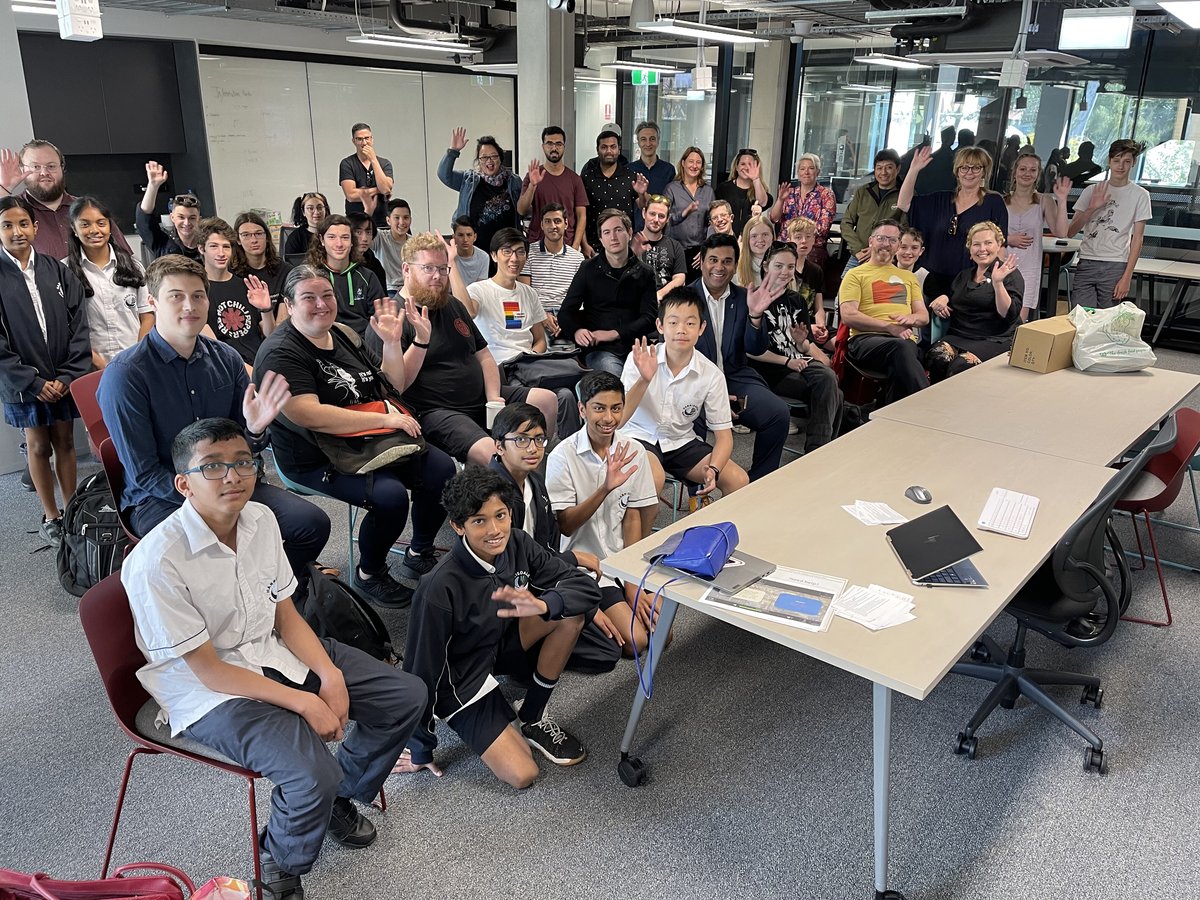Space Materials and Resources
Planetary Mapping
Understanding the tectonics of terrestrial planets.


Led by Professor Myra Keep, this team uses Synthetic Aperture Radar (SAR) data to map planetary surfaces, and understand surface and tectonic processes on Venus and other terrestrial planets.
Earth is the only planet in our solar system that has plate tectonics as a driving process. Plate tectonics, driven by heat escaping from the core of our planet, drives everything else, and forms continents, mountains, oceans, volcanoes and affects climate.
Surface mapping of Venus indicates that plate tectonics does not operate at all, and that other processes drive the formation of mountains and volcanoes. Mars appears to have had early attempts at plate tectonics that did not evolve, yet Mars hosts the largest volcano yet known in the solar system. Mars also has a number of water- and wind-driven surface processes in operation.
Earth is the only planet in our solar system that has plate tectonics as a driving process. Plate tectonics, driven by heat escaping from the core of our planet, drives everything else, and forms continents, mountains, oceans, volcanoes and affects climate.
Surface mapping of Venus indicates that plate tectonics does not operate at all, and that other processes drive the formation of mountains and volcanoes. Mars appears to have had early attempts at plate tectonics that did not evolve, yet Mars hosts the largest volcano yet known in the solar system. Mars also has a number of water- and wind-driven surface processes in operation.
The Planetary Geosciences Node can be found at UWA's School of Earth Sciences.

Visit the Edward De Courcy Clarke Museum, home to over home to over 180,000 specimens.
Node Leader
Professor Myra Keep
myra.keep [at] uwa.edu.au
School of Earth Sciences
University of Western Australia
35 Stirling Highway
Crawley 6009 WA
Professor Myra Keep
Lead: Planetary Mapping


